Sustain • Good Catch • Start improving • Step 1 - Gather information
Fishing methods
The methods and fishing gear used to catch fish are a determining factor of sustainability as they can impact upon marine life and habitats.
Over the past 50 years, fishing technology has advanced greatly, increasing the capacity for boats to locate and catch fish. In this time there have also been advances to reduce the environmental impact of fishing, yet there is room for further improvement and research and development is ongoing.
Fishing methods vary in different locations and cultures and the precise impacts of each method are dependent on the robustness of the management and techniques used on individual boats. The main commercial capture methods are described here to help you broadly understand the ways in which fish are caught and the environmental impacts they have.
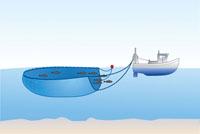 |
Purse seines |
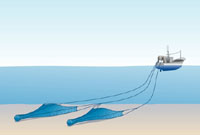 |
Demersal trawling |
 |
Pelagic or mid-water trawling |
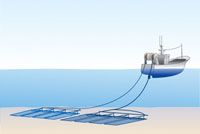 |
Dredging |
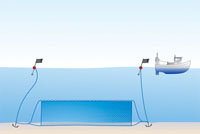 |
Drift, gill and set nets (passive) |
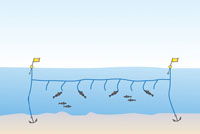 |
Longlining |
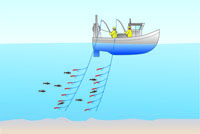 |
Pole and line, trolling and handline (hook and lines) |
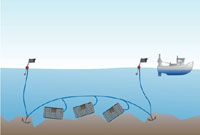 |
Pots and creels |
Good Catch: Good Catch provides practical information for chefs, caterers and restaurateurs, making it easier for them to serve more sustainable seafood.
